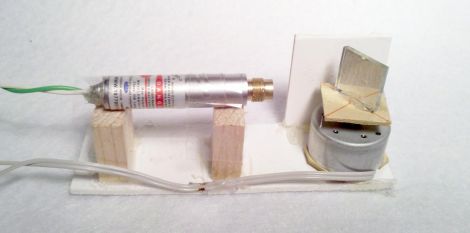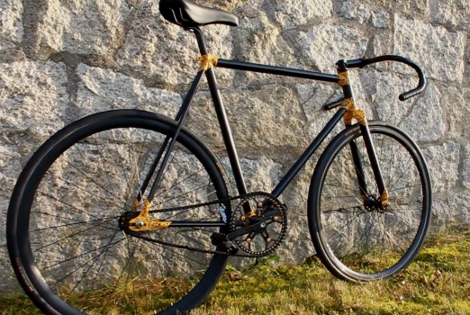It’s not too often that we cover food here on Hackaday, but when we saw how a laser cutter was being used to help enhance the look of sushi, we decided to share. Even if you don’t enjoy sushi, it’s hard not to argue that it can often be more like edible art than simply food. The preparation that goes into well-made sushi is extensive, and this laser cut maki certainly takes things up a notch.
In the wake of the 2011 tsunami many businesses were suffering, including Umino Seaweed whose primary product is nori – the ubiquitous green seaweed wrapper found in/on many sushi rolls. They were looking for something to attract attention to the brand, while remaining respectful to the centuries-old tradition of making sushi.
They sent their request to ad agency I&SBBDO who came up with the fancy looking nori you see above. Each sheet of seaweed is laser cut with traditional Japanese imagery, from the Sakura (cherry blossom) to the Kumikikkou (tortoise shell). We’re not sure if these sheets of nori are actually for sale or have just been put together for solely advertising, either way we think this is a novel and frivolous, but awesome use for a laser cutter. Also, we’re pretty hungry now – anyone up for grabbing some sushi?
[via Make]
















